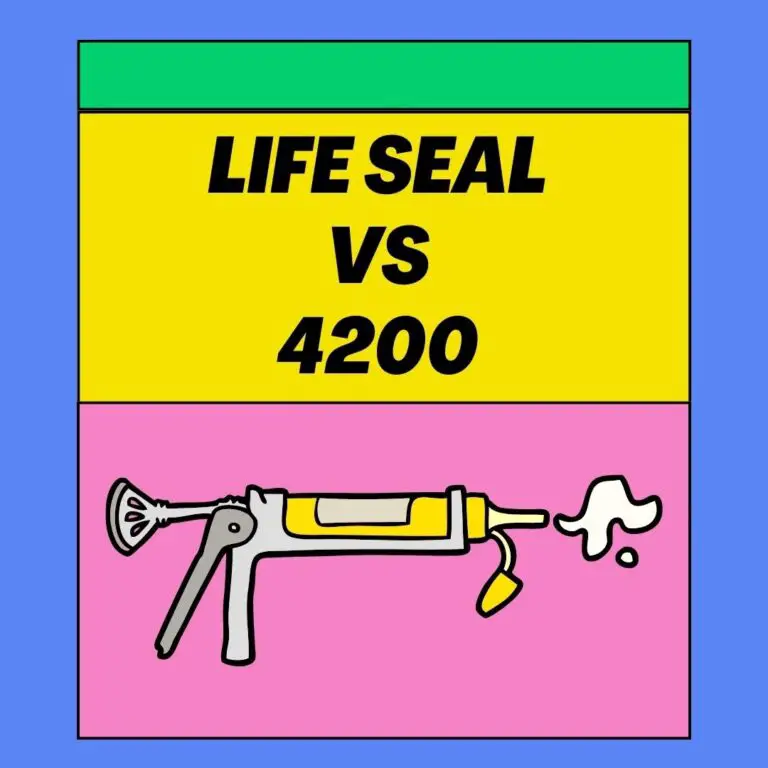
The Purpose of Baiting:
- Baiting deer is a technique used to attract deer to specific locations for hunting, wildlife observation, or research purposes.
- It increases the chances of encountering deer and allows for close observation of their behavior.
Legal and Ethical Considerations:
- The legality of deer baiting varies by location, so it’s crucial to research and understand local hunting regulations.
- Ethical considerations include adhering to fair chase principles, ensuring the welfare of deer, and avoiding excessive baiting that can lead to habituation or dependency.
Selecting the Right Bait:
2.1 Natural Food Sources:
- Deer are naturally drawn to foods like acorns, apples, corn, and browse vegetation.
- Using local natural foods can be effective, as deer are already familiar with these sources.
2.2 Commercial Deer Attractants:
- Commercial deer attractants are specifically designed to appeal to a deer’s senses, including scent and taste.
- These attractants come in various forms, such as pellets, liquids, and sprays.
2.3 Homemade Bait Recipes:
- Some hunters prefer to create their own bait using ingredients like molasses, grains, fruits, or vegetables.
- Homemade bait can be cost-effective and allows for customization.
Setting Up Bait Stations:
3.1 Choosing the Location:
- Select baiting locations based on deer activity patterns, such as feeding areas, travel routes, or near water sources.
- Ensure the location provides adequate visibility for hunting or observation.
3.2 Bait Station Types:
- Bait stations can be ground-based, involving scattering bait directly on the ground.
- Alternatively, elevated stations like feeders or baiting barrels can help control access to bait and reduce waste.
3.3 Safety Precautions:
- Always follow safety guidelines when setting up bait stations, especially if using elevated feeders.
- Regularly inspect and maintain equipment to prevent accidents.
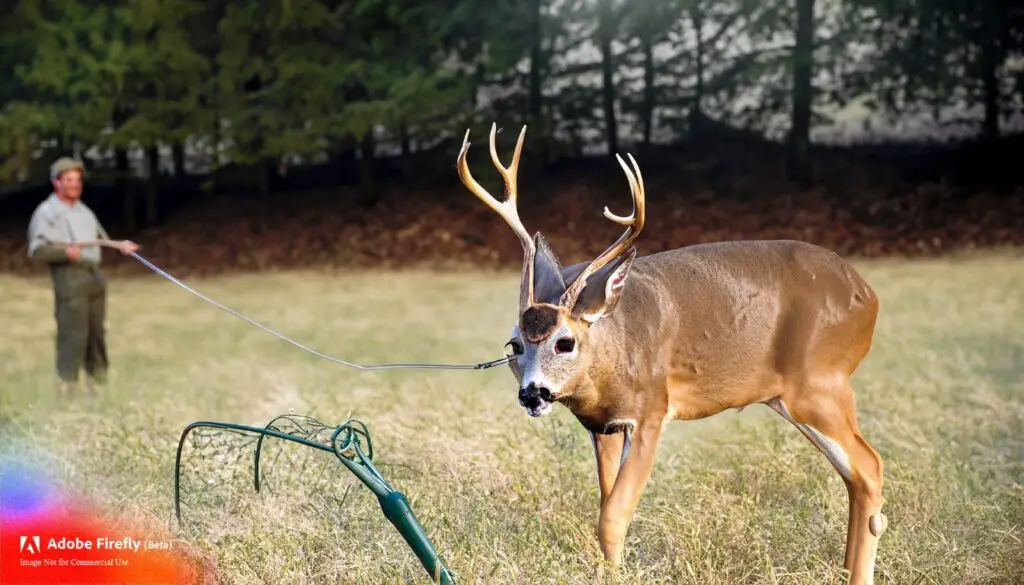
Effective Deer Baiting Strategies:
4.1 Timing and Seasonality:
- Baiting effectiveness can vary with the time of year and deer behavior.
- Consider the hunting season and local deer feeding patterns when planning baiting activities.
4.2 Concealment and Scent Control:
- Use scent-control measures to minimize your scent around the bait site.
- Employ natural cover, blinds, or tree stands to remain concealed while observing or hunting.
4.3 Monitoring and Patience:
- Regularly check bait sites to assess deer activity and bait consumption.
- Exercise patience and be prepared for variations in deer behavior.
8 Things You Can Use to Bait Deer
There are many different things that you can use to bait deer. Some of the most popular baits include:
- Corn: Corn is a staple food for deer and is a very effective bait. You can use whole corn kernels, cracked corn, or even cornmeal.
- Apples: Apples are another popular bait for deer. They are high in sugar and moisture, which makes them very attractive to deer.
- Bread: Bread is a cheap and easy bait to use. It is also high in carbohydrates, which makes it very appealing to deer.
- Fruit: Other fruits that deer like to eat include pears, bananas, and berries.
- Hay: Hay is a good way to attract deer during the winter months. It is a good source of fiber and calories, which deer need to stay warm.
- Salt: Salt is a mineral that deer need to stay healthy. You can use salt blocks or salt licks to attract deer.
- Garlic: Garlic is a natural deer repellent, but it can also be used as a bait. Deer are attracted to the strong smell of garlic.
- Deer urine: Deer urine can be used to attract other deer. It is important to use deer urine that is specifically for baiting purposes.
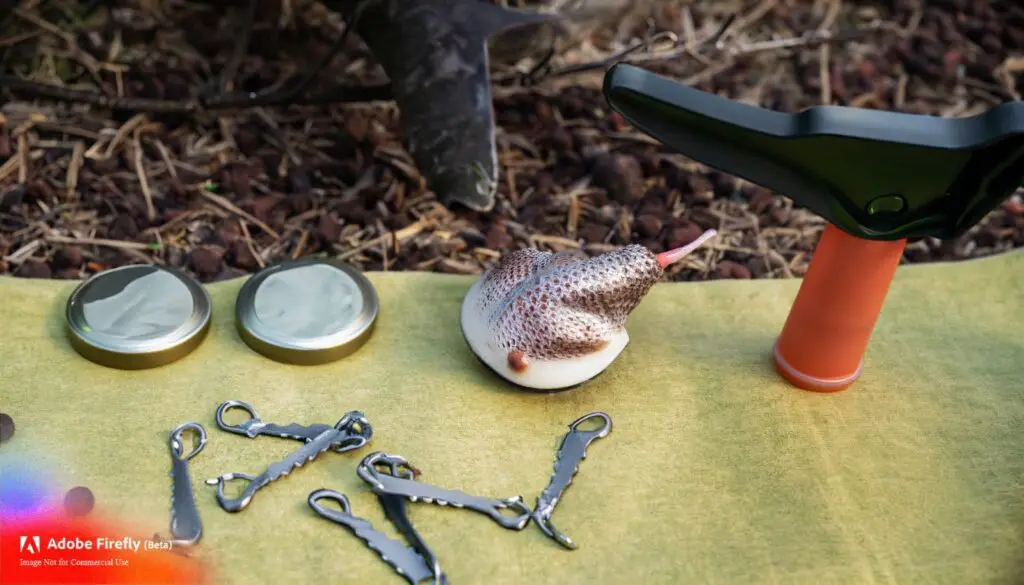
When choosing a bait, it is important to consider the time of year and the location. For example, corn is a good bait for all seasons, but it is especially effective during the fall when deer are preparing for winter. Apples are a good bait for the fall and winter months, but they are not as effective during the spring and summer.
It is also important to place the bait in a strategic location. Deer are more likely to visit a bait site that is hidden from view and has good cover. You should also avoid placing the bait near human traffic or other potential disturbances.
If you are using bait to hunt deer, it is important to follow all applicable laws and regulations. Some states have restrictions on the type of bait that can be used and the amount of bait that can be placed at a bait site.
How to bait deer without getting caught?
There are a few things you can do to bait deer without getting caught:
- Use natural baits. Deer are more likely to eat natural baits, such as corn, apples, and hay, than artificial baits.
- Place the bait in a remote location. Deer are less likely to visit a bait site that is close to human activity.
- Use a camouflaged feeder. This will help to hide the feeder from view and make it less likely to attract attention.
- Monitor the bait site regularly. This will help to ensure that the bait is fresh and that there is no evidence of human activity.
Additional tips for baiting deer without getting caught:
- Use a small amount of bait. This will help to reduce the risk of attracting attention.
- Place the bait in a location that is difficult to access. This will make it more difficult for people to see the bait and report it.
- Be discreet when placing and checking the bait. Avoid using bright lights or making noise.
- Clean up any evidence of baiting. This includes removing any empty bait containers and covering up any tracks or signs of human activity.
Deer Baiting FAQ’s:
5.1 Is deer baiting legal in my area?
- Check local hunting regulations and consult with wildlife authorities to determine if deer baiting is allowed in your region.
5.2 What types of bait are commonly used for deer?
- Common bait options include corn, apples, acorns, commercial deer attractants, and homemade mixtures.
5.3 How far from a hunting stand should I place the bait?
- The distance can vary, but typically, bait stations should be within comfortable shooting range from your stand, usually 20-30 yards.
5.4 How often should I replenish the bait?
- Replenish bait as needed, depending on deer activity and consumption. Some hunters add bait weekly, while others do so every few days.
5.5 What are some natural foods that attract deer?
- Natural foods like acorns, apples, clover, and browse vegetation are attractive to deer.
5.6 Can baiting negatively impact deer behavior?
- Over-reliance on bait can lead to habituation, dependency, and altered feeding patterns in deer. It’s important to use bait responsibly.
7 How can I minimize the risk of spreading diseases through baiting?
- Practice hygiene when handling bait, and be aware of diseases like Chronic Wasting Disease (CWD) in your area. Dispose of uneaten bait properly.
8 Are there any alternatives to baiting for deer hunting?
- Alternatives include scouting, using trail cameras, and understanding deer movement patterns. Stalking or still hunting can also be effective techniques.
9 What are the ethical considerations when baiting deer?
- Ethical considerations include fair chase principles, minimizing stress to deer, and adhering to local regulations.
10 How can I stay safe while deer baiting?
- Maintain safety by following equipment guidelines, practicing firearm safety, and wearing appropriate clothing, including hunter orange during hunting seasons.
This comprehensive guide provides valuable insights into deer baiting, from understanding its purpose and selecting bait to effective strategies and frequently asked questions, ensuring that you’re well-prepared for a successful and ethical deer baiting experience.


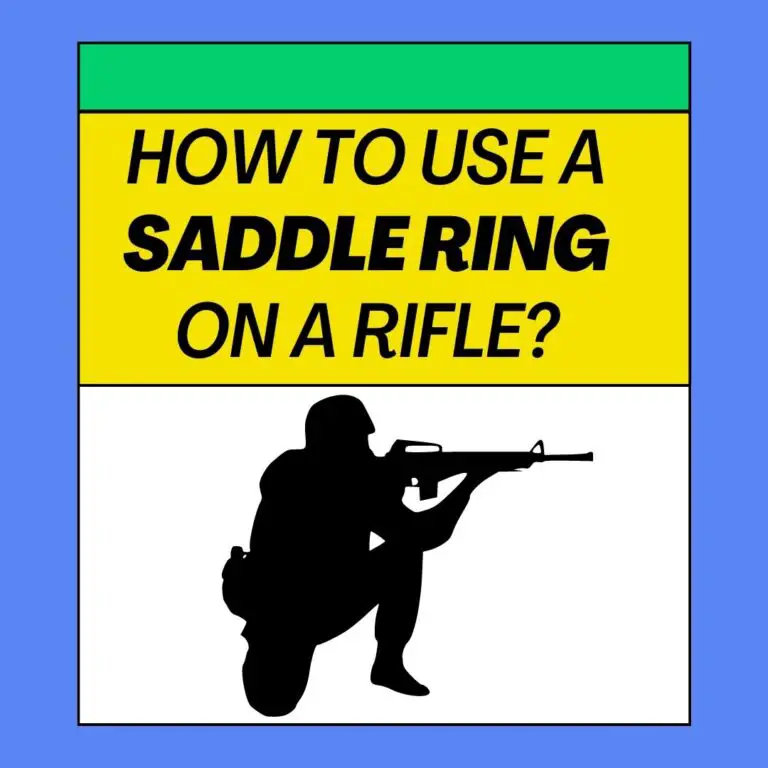
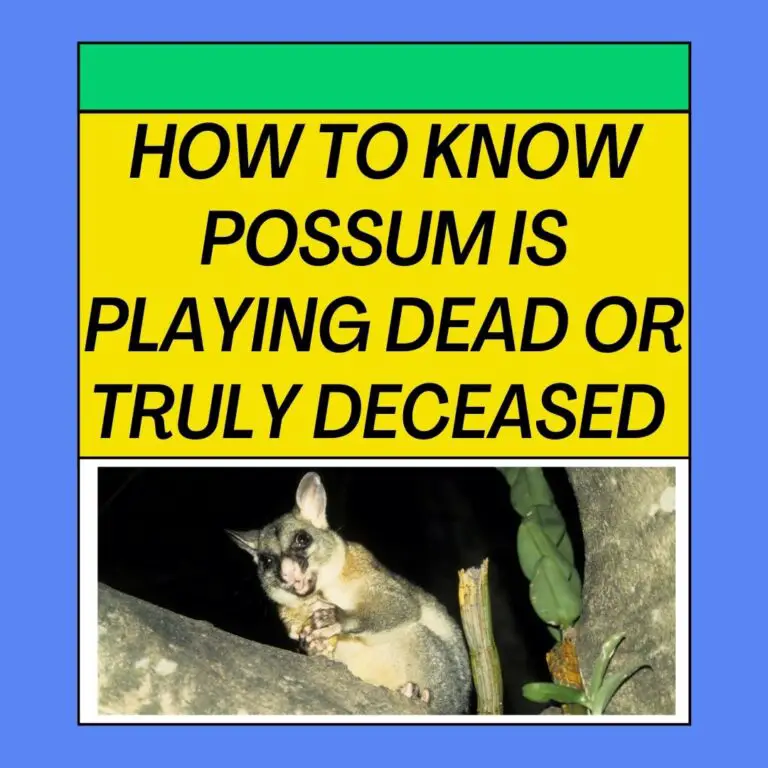
![Why Do I Always Get Sick After Camping? [8 Reasons and Tips]](https://huntandlunch.com/wp-content/uploads/2023/09/9-1-768x768.jpg)

